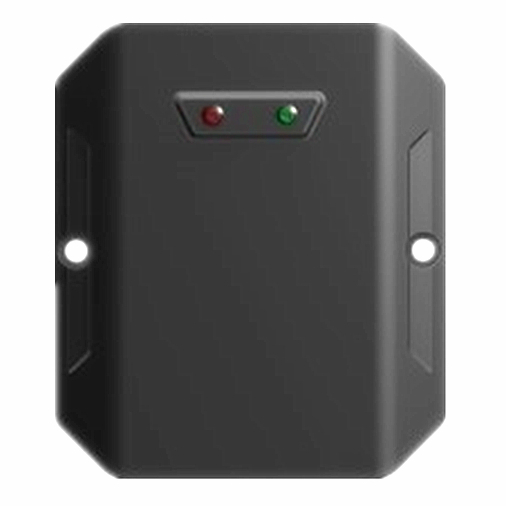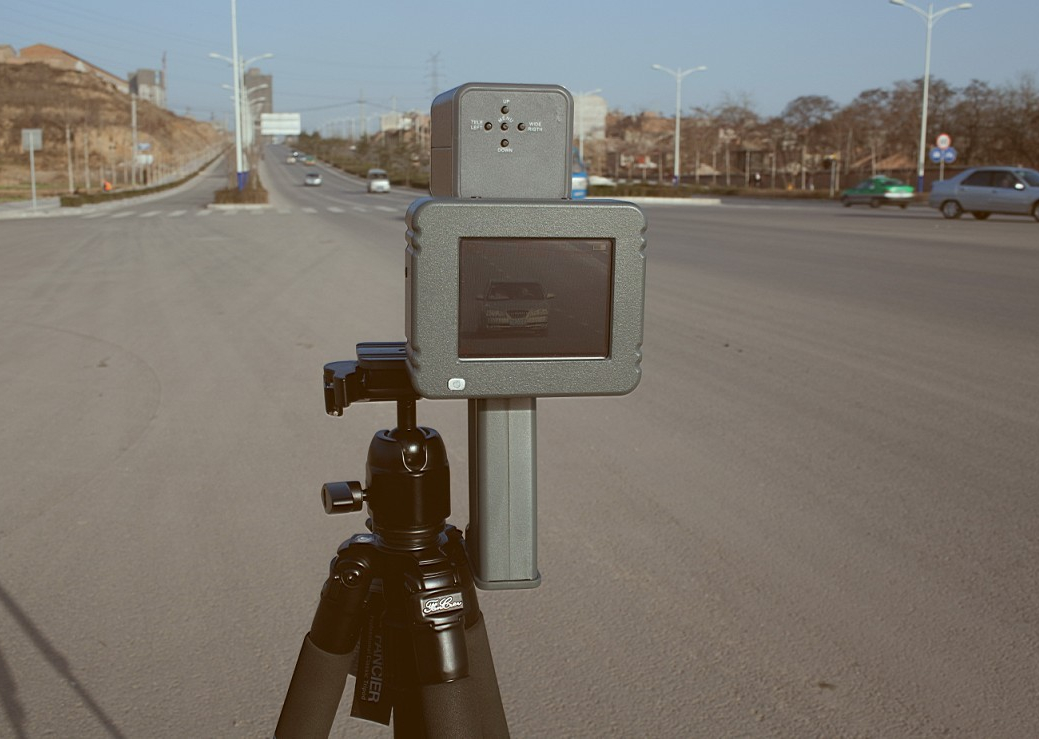The difference between microwave speed radar and laser speed radar
Among numerous traffic monitoring methods, microwave speed radar and laser speed radar are two mainstream speed detection tools, each with unique technical characteristics and application scenarios. This article will delve into the differences between these two types of speed measuring radars, including their working principles, performance indicators, application scenarios, and their respective advantages and disadvantages.
1、 Working principle
Microwave speed radar measures velocity based on the Doppler effect. When the target object approaches the radar antenna, the frequency of the reflected signal will be higher than the transmitter frequency; On the contrary, when the target is far away from the antenna, the frequency of the reflected signal will be lower than the transmitter frequency. By measuring this frequency change (i.e. Doppler shift), the relative velocity between the target and the radar can be calculated. Specifically, radar emits electromagnetic waves of a fixed frequency to scan the air. If it encounters an active target, there will be a difference between the frequency of the echo and the frequency of the transmitted wave, which is called Doppler frequency. Based on the magnitude of the Doppler frequency, the radial relative velocity of the target to the radar can be measured. In addition, microwave radar can also determine the relevant information of the target, such as distance, azimuth, etc., by analyzing the Doppler shift between the target and the radar.

Lidar uses the Time of Flight (ToF) method to determine the distance of a target by emitting extremely short light pulses and measuring the time difference between the emission and return of these pulses. For speed measurement, LiDAR usually performs two specific time intervals of ranging on the same target to calculate the distance of movement during that time period and thus determine the speed. Lidar can not only measure distance, but also determine the relative velocity of targets by analyzing the phase difference of reflected light. Due to the short wavelength of lasers, LiDAR has extremely high directional and angular resolution, enabling the construction of extremely fine three-dimensional spatial images.

2、 Performance indicators
Resolution is one of the important parameters for measuring radar performance. Microwave radar has relatively low angular resolution, velocity resolution, and distance resolution due to the long wavelength of electromagnetic waves used (usually in the centimeter to meter range). However, with the advancement of technology, especially the development of millimeter wave radar, its resolution has significantly improved, but it still cannot reach the level of lidar. In contrast, LiDAR uses very short wavelengths (usually between infrared and ultraviolet), therefore it has extremely high angular resolution, velocity resolution, and distance resolution. It can accurately distinguish very close objects and even depict centimeter level details from hundreds of meters away, which is crucial for autonomous vehicles to recognize small obstacles.
Penetration and weather adaptability are also factors to consider when choosing a speed radar. A significant advantage of microwave radar is its strong penetration ability, especially when facing meteorological conditions such as clouds, mist, and dust. Microwaves can penetrate to a certain extent, ensuring detection effectiveness in adverse weather conditions. This makes it widely used in aviation, navigation, and some vehicle mounted radar systems. On the contrary, when encountering water droplets or haze particles, the light of LiDAR will be scattered or absorbed in large quantities, resulting in a significant reduction in detection distance. However, in clear environments, the detection performance of LiDAR is excellent.
In terms of anti-interference and concealment, microwave radar may be affected by multiple signals within the radio frequency range, especially in complex electromagnetic environments, which may reduce its detection performance. However, many communication devices already have corresponding anti-interference measures. Lidar, due to its short wavelength and high frequency, is less affected by background radiation in nature, and its directional emission characteristics give it certain advantages in anti reconnaissance capabilities, making it less susceptible to interception and interference.
3、 Application scenarios
Microwave radar is widely used in fields such as weather forecasting, air traffic control, ship navigation, missile guidance, and satellite remote sensing. Especially in automotive safety functions such as remote warning systems and automatic emergency braking systems (AEB), millimeter wave radar with lower cost and longer detection range has become the mainstream choice. Microwave radar is also commonly used in meteorological radar to detect weather phenomena such as storms and typhoons, ocean radar can be used to detect sea depth, seabed terrain, etc., and aviation radar can be used for aircraft navigation and collision avoidance.
The main application areas of LiDAR are autonomous driving and robot navigation. For example, the laser radar on the autonomous vehicle can generate a 3D map of the surrounding environment to achieve accurate positioning and navigation. The laser radar on the robot can help the robot avoid obstacles and achieve autonomous navigation. Lidar has a wide range of applications in fields such as autonomous vehicles, 3D terrain mapping, architectural planning, and archaeological excavations. Because of its excellent high-precision 3D data acquisition capability, it has become a key sensor in advanced auto drive system.
From the above analysis, it can be seen that microwave speed radar and laser speed radar each have their own advantages and disadvantages, and the choice of which technology depends on specific application requirements. For example, in situations where all-weather, large-area coverage, or remote monitoring is required, microwave radar may be a better choice; However, in applications requiring high-precision 3D data acquisition, such as advanced auto drive system, laser radar is more suitable. In practical applications, it is often not simply selecting one of them, but rather considering the integration of multiple radar technologies to better meet the diverse needs in complex environments.
